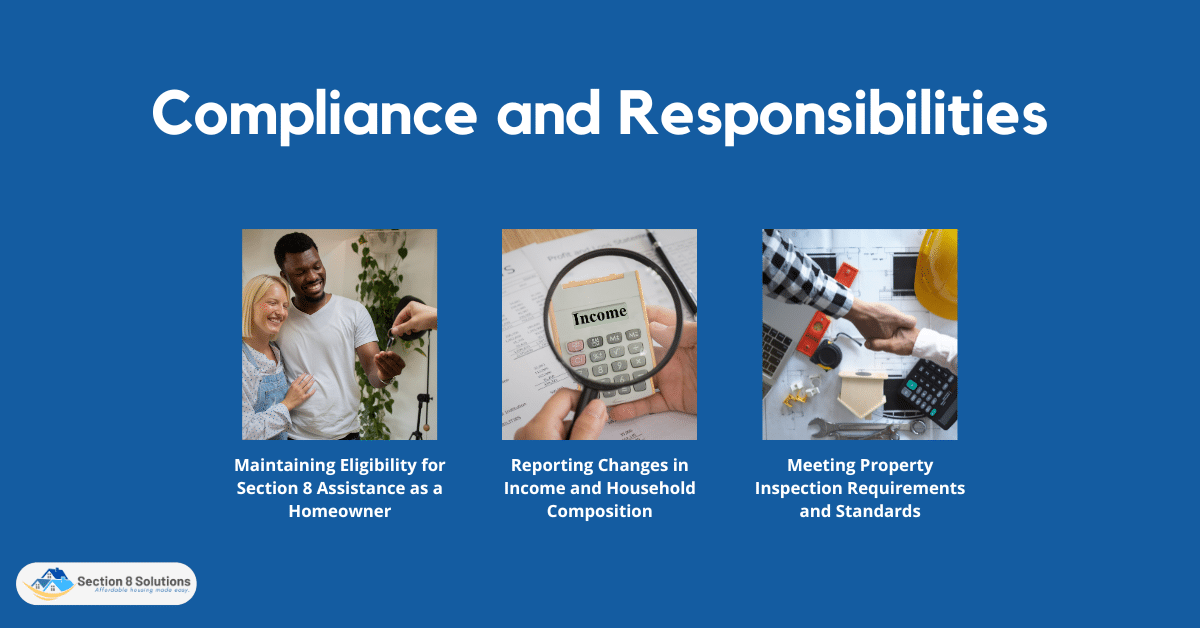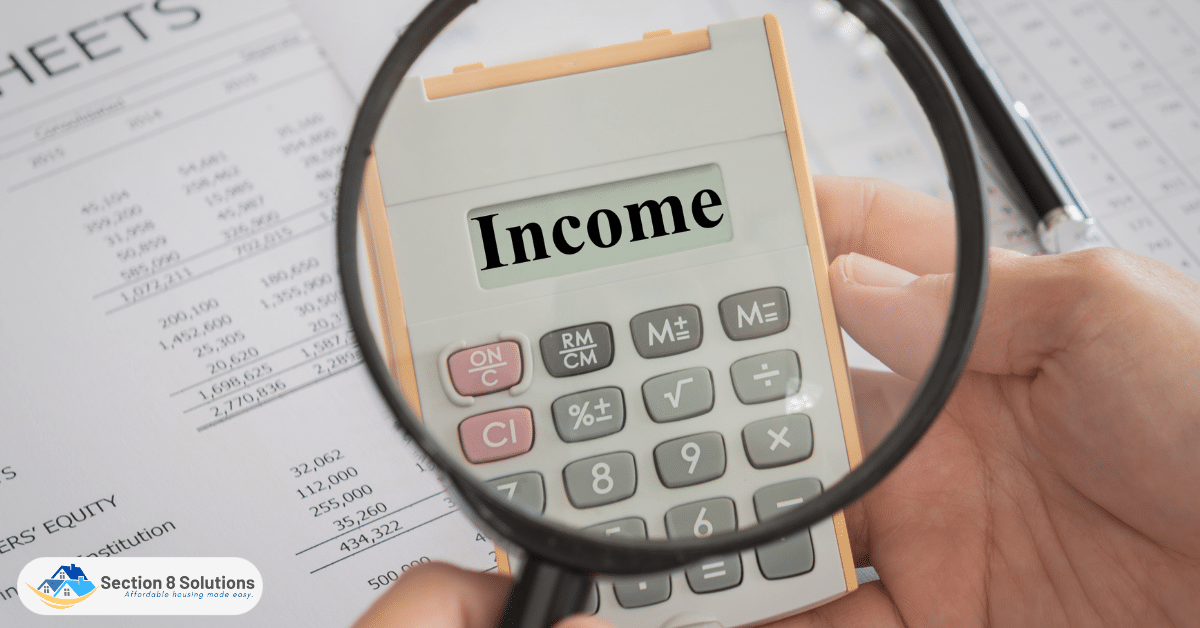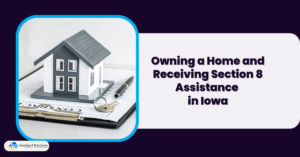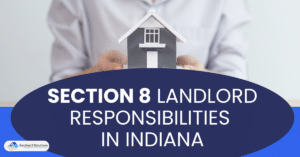Owning a home while receiving Section 8 assistance in Mississippi can present unique challenges and opportunities. Navigating the intersection of homeownership and government support requires a clear understanding of eligibility criteria and financial implications. Prospective homeowners must consider factors such as property maintenance, income fluctuations, and compliance with program guidelines to ensure a stable and fulfilling housing experience.
This informative guide explores the intricacies of navigating homeownership while being a part of the Section 8 program, shedding light on eligibility criteria, financial implications, and the balance between independence and government support.

Understanding Section 8 Assistance
The Section 8 Housing Choice Voucher Program plays a pivotal role in aiding low-income individuals and families across Mississippi. Initiated by the U.S. Department of Housing and Urban Development (HUD), this program strives to bridge the affordability gap in housing for those facing financial limitations. Here’s an in-depth breakdown of the fundamental aspects that define this program:
At its essence, the Section 8 program operates as a rental assistance initiative. It offers eligible participants the chance to secure suitable housing within the private rental market. Unlike conventional public housing, which confines residents to government-owned properties, Section 8 empowers beneficiaries to choose their housing, granting them the freedom to find a place that aligns with their needs and preferences. Qualified individuals receive a housing voucher that covers a portion of their rent, leaving the tenant responsible for the remainder.
For Mississippi residents seeking Section 8 assistance, meeting specific eligibility criteria is imperative. These criteria usually encompass factors such as income levels, citizenship, or eligible immigrant status, as well as the successful completion of a background check. The application process entails submitting the necessary documentation to the local Public Housing Agency (PHA). Once the application gains approval, applicants are placed on a waiting list due to the demand for vouchers often surpassing their availability.

Navigating the Intersection: Owning a Home and Section 8 Assistance
The desire for homeownership is a universal dream, but for those benefiting from Section 8 assistance, the journey takes unique turns. Navigating the intersection of owning a home while relying on government support requires a delicate balance of financial planning and prudent decision-making. In this section, we delve into the complexities of making homeownership a reality while being a participant in the Section 8 program.
Key Considerations:
- Exploring the Possibility: Owning a home while on Section 8 assistance might seem intricate, yet it’s a path that can offer stability and empowerment. Understanding the opportunities and challenges is crucial before embarking on this journey.
- Property Maintenance: Homeownership comes with responsibilities, such as maintaining the property’s condition. This factor is particularly significant when combining it with Section 8 assistance, as compliance with housing quality standards is imperative.
- Taxes and Utility Costs: Beyond the mortgage, homeowners must consider property taxes and utility expenses. These financial aspects, coupled with the cost of living, should be managed efficiently while maintaining eligibility for government aid.
- Balancing Income Fluctuations: The nature of income for many low-income households can fluctuate. Striking a balance between these income shifts, mortgage payments, and Section 8 assistance is vital for sustained housing security.
Successfully owning a home while receiving Section 8 assistance hinges on adeptly managing finances. Balancing fluctuating income with fixed expenses demands careful planning and resourcefulness. By staying informed about income reporting requirements and optimizing the utilization of government support, individuals can navigate the financial intricacies of homeownership.

Financial Implications
Homeownership is a significant milestone, but when coupled with Section 8 assistance, understanding the financial landscape becomes paramount. This section delves into the multifaceted financial implications of owning a home while being a participant in the Section 8 program, shedding light on how to make informed decisions for a secure future.

1. Mortgage Approval and Terms
When embarking on the path of homeownership while benefiting from Section 8 assistance, it’s paramount to grasp the intricate relationship between these two financial aspects. Lenders, who play a pivotal role in facilitating your homeownership journey, may incorporate the assistance you receive from Section 8 when assessing your mortgage application. This integration can significantly influence your debt-to-income ratio – a key metric lenders employ to evaluate your ability to manage monthly financial commitments.
2. Calculating Total Housing Costs
The prospect of homeownership extends beyond the mortgage payment itself. It’s imperative to adopt a holistic viewpoint by factoring in all associated housing costs. Alongside the mortgage, these expenses encompass property taxes, utility bills, homeowner’s insurance, and potential maintenance costs. This comprehensive evaluation provides a realistic understanding of the financial commitment required to maintain your home.

3. Long-Term Financial Planning
One of the significant advantages of homeownership with Section 8 assistance is the potential to redirect funds towards savings, investments, and building equity. Leveraging reduced housing costs can provide opportunities for long-term financial stability. Consider strategizing to accumulate wealth through property appreciation and prudent financial choices.
Owning a home while benefiting from Section 8 assistance requires a comprehensive understanding of its financial implications. From mortgage approval considerations to calculating comprehensive housing costs and harnessing long-term financial planning, individuals can strategically navigate the intersection of homeownership and government support.

Compliance and Responsibilities
As you embark on the journey of owning a home while benefiting from Section 8 assistance, upholding compliance and understanding your responsibilities becomes paramount. Successfully navigating this terrain involves adhering to various guidelines set forth by the program to ensure a harmonious balance between homeownership and government support.

1. Maintaining Eligibility for Section 8 Assistance as a Homeowner
While the dream of homeownership materializes, it’s vital to retain your eligibility for Section 8 assistance. Being a homeowner might alter your financial dynamics, potentially affecting your qualification status. Continual communication with your local Public Housing Agency (PHA) is essential, as they can provide insight into how homeownership could impact your participation in the program. Staying well-informed about any changes in the program’s policies and requirements helps you navigate this delicate balance effectively.
2. Reporting Changes in Income and Household Composition
The dynamics of income and household composition can be subject to fluctuations over time. It’s crucial to promptly report any changes to your PHA. Whether it’s an increase or decrease in income or alterations in the composition of your household, keeping your PHA updated is vital. Failure to report such changes accurately could lead to unintended consequences, including potential overpayments or eligibility issues. Transparent communication ensures that your Section 8 assistance aligns with your current circumstances.

3. Meeting Property Inspection Requirements and Standards
Maintaining your property to meet the standards set by the Section 8 program is pivotal. Regular property inspections are conducted to ensure that your dwelling adheres to safety, health, and habitability guidelines. Being a homeowner requires a commitment to property maintenance to ensure your residence is in compliance during inspections. This proactive approach ensures that you continue to meet the requirements of the program while providing a safe and comfortable living environment for you and your family.

Conclusion
Owning a home while receiving Section 8 assistance in Mississippi is a journey that requires careful planning and understanding. It’s a path toward stability, empowerment, and a sense of belonging. By comprehending the intricacies of Section 8 assistance, financial responsibilities, and compliance, individuals and families can successfully navigate the complexities of homeownership, fostering a brighter future for themselves and their communities.











